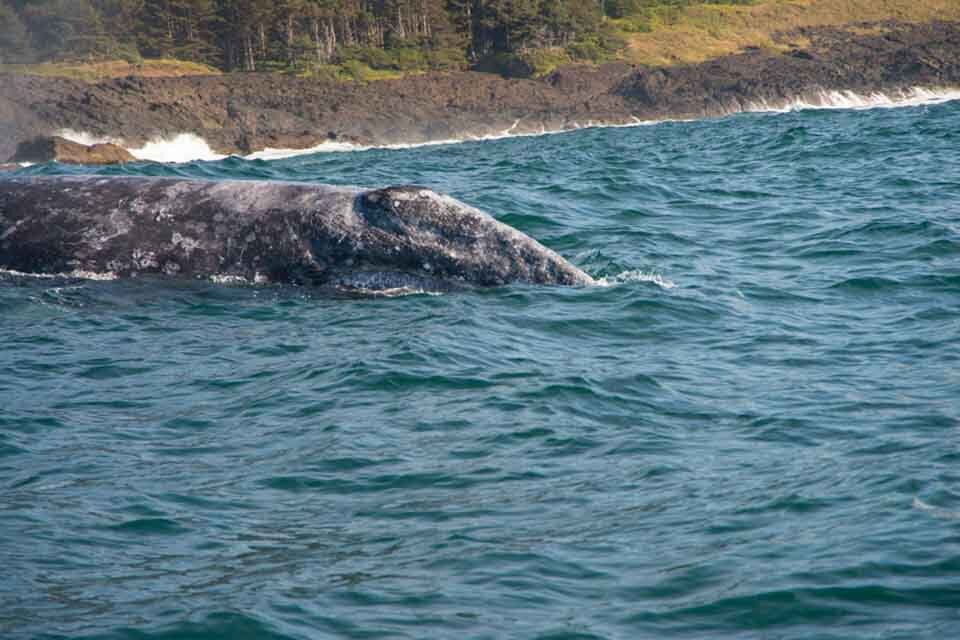Oregon State University Researchers Find the Answer to Rise in Gray Whale Deaths

The only thing harder to miss than a gray whale itself is the fact that their deaths have been on the rise as of late. These animals, some of the largest to have ever existed on earth, are washing up on the shores of the United States, Mexico, and Canada, usually skinny and malnourished.
A dead baby gray whale had washed up at Oregon’s Fort Stevens State Park in January of this year, leading many to wonder just what is causing these animals to die at such an alarming rate.
Researchers at Oregon State University now have the answer, and yes, it is climate change.
According to a study recently published in the journal Science, the deaths follow the rapidly declining sea ice cover in the Arctic ocean, leading to a decline in algae, which leads to a dwindling supply of the crustaceans that whales need to survive. When the ice inevitably returns, it leads to the food supplies being heavily restricted due to limited feeding grounds.
Arctic temperatures fluctuate from year to year, but climate change has exacerbated these rises and falls, researchers have found. With limited access to both food in the warmer periods and restricted feeding grounds during the cooler periods, it’s caused massive die-offs within the gray whale population.
What makes this particularly devastating is the fact that gray whales are considered a success story. It’s no secret that whales of all shapes and sizes have been hunted to near extinction by humans, and the gray whale is no exception. Only a few whale species are actually on the road to recovery, and the gray whale is one such species that we’ve been able to successfully protect. They were considered a protected species back in 1947 from the International Whaling Commission, and so successful were humanity’s conservation efforts that the gray whale was taken off of the Endangered Species Act in the mid-90’s. Part of the reason why their comeback was so successful was due to the fact that they migrate so close to shore, allowing them to avoid being hit by large ships or getting tangled up in fishing gear. Swimming close to shore does not protect them from climate change, however.
Over the past five years, 688 stranded gray whales have been recorded in North America, according to the National Marine Fisheries Service. Researchers at Oregon State University tell us that the number is but a fraction of the real death toll, as most whale bodies sink to the ocean floor.
In 2016, the gray whale population was estimated to be at 27,000, the highest it’s ever been since we started keeping track in 1967. Today, scientists bring that estimate down to nearly half what it once was, believing it to be around 14,500.
The future for the gray whale population remains uncertain as of now. With arctic sea ice dwindling, so too is the food supply of gray whales, among many other animals on our planet.
There is a reason to be optimistic, as the gray whale has survived for hundreds of thousands of years of drastic changes. However, human-caused climate change will undoubtedly put the species to the test. All we can really do is continue our efforts to slow the effects of climate change.
This species was saved from the brink of extinction, and now they’re dying off again at an alarming rate. Humanity is once again to blame, but this time, it’s going to take a lot more than putting the gray whale on a list to save their numbers.

Comments are closed.